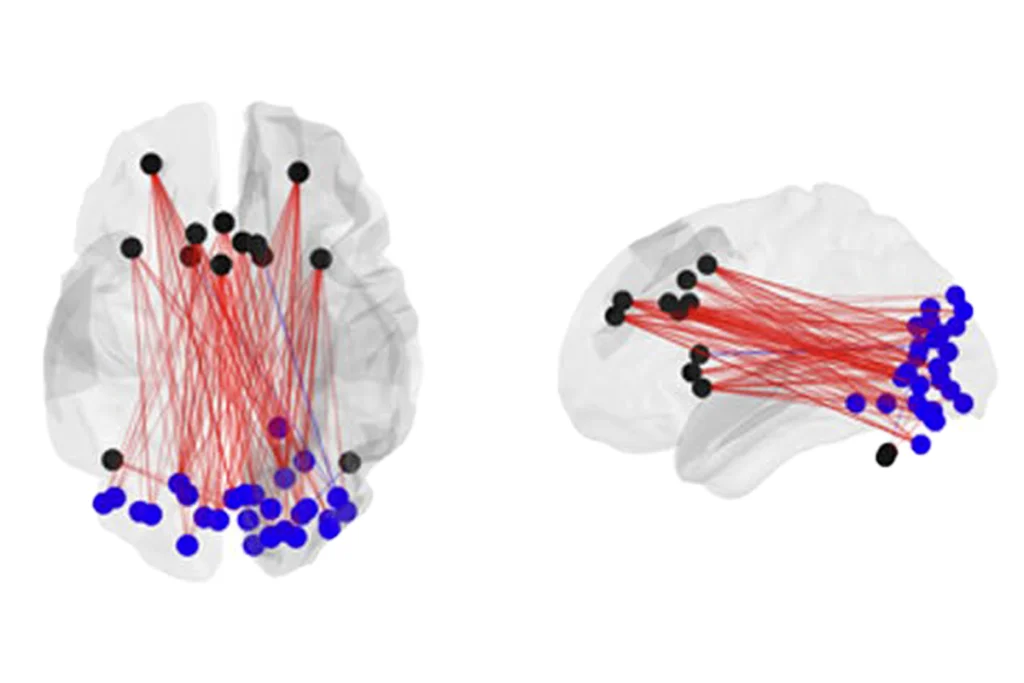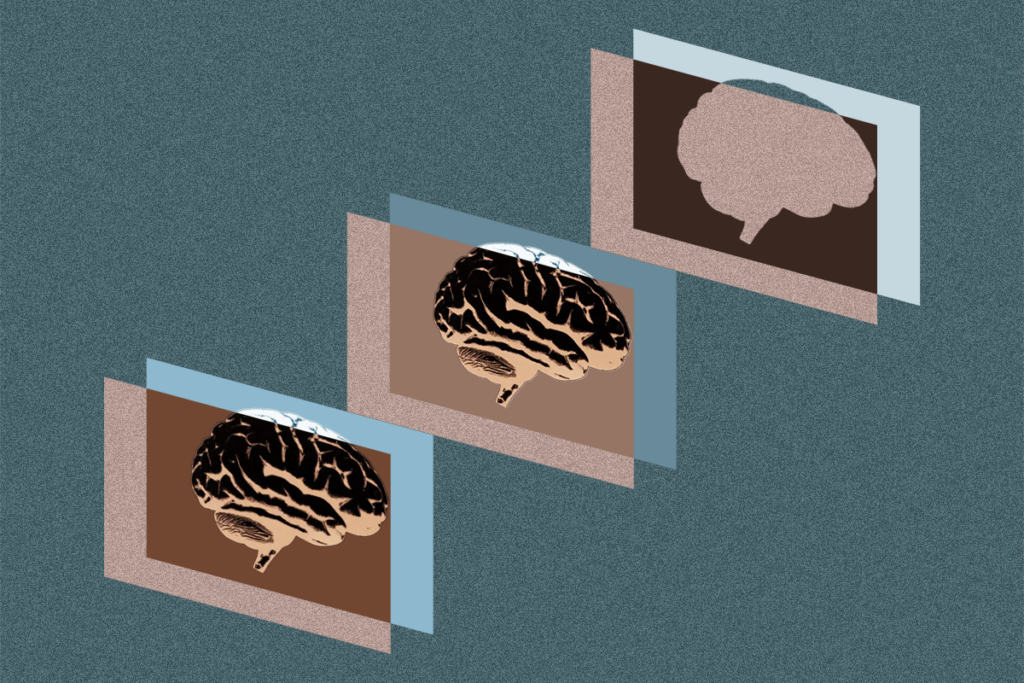Light corrections illuminate a path into fish brains
Taking a page from astronomy’s playbook, researchers have developed a way to take dramatically clear pictures of the inner workings of a zebrafish brain.
Taking a page from astronomy’s playbook, researchers have developed a way to take clear pictures of the inner workings of a zebrafish brain. The dramatic pictures debuted 13 April in Nature Methods1.
The researchers make use of ‘adaptive optics,’ a technique that corrects the distortions that take place when light travels through areas of varying density. In the case of astronomy, these distortions are the result of changes to the atmosphere. With biological specimens, the distortions arise as light bumps into tissues before it reaches the desired depth.
To be able to correct these distortions, researchers need to first identify them. Astronomers do this by shining light on a point, or ‘guide star,’ close to the object they hope to observe. They document how this beam changes as it travels back through the atmosphere and then apply the same corrections to light returning from their point of interest.
This same principle can be applied to a transparent organism, such as a zebrafish embryo.
To account for the diverse terrain inside the embryo, the researchers scan a broad area to establish their guide star. They modified a technique that ophthalmologists use for correcting light movement that may be distorted by eye movement.
The researchers integrated these corrections into the method so that they take place automatically and almost instantaneously for each picture. This is essential for three-dimensional reconstructions made up of hundreds of images. The result is videos and photographs with a spectacular level of detail.
References:
- Wang K. et al. Nat. Methods 11, 625-628 (2014) PubMed
Recommended reading

How pragmatism and passion drive Fred Volkmar—even after retirement

Altered translation in SYNGAP1-deficient mice; and more

CDC autism prevalence numbers warrant attention—but not in the way RFK Jr. proposes
Explore more from The Transmitter
